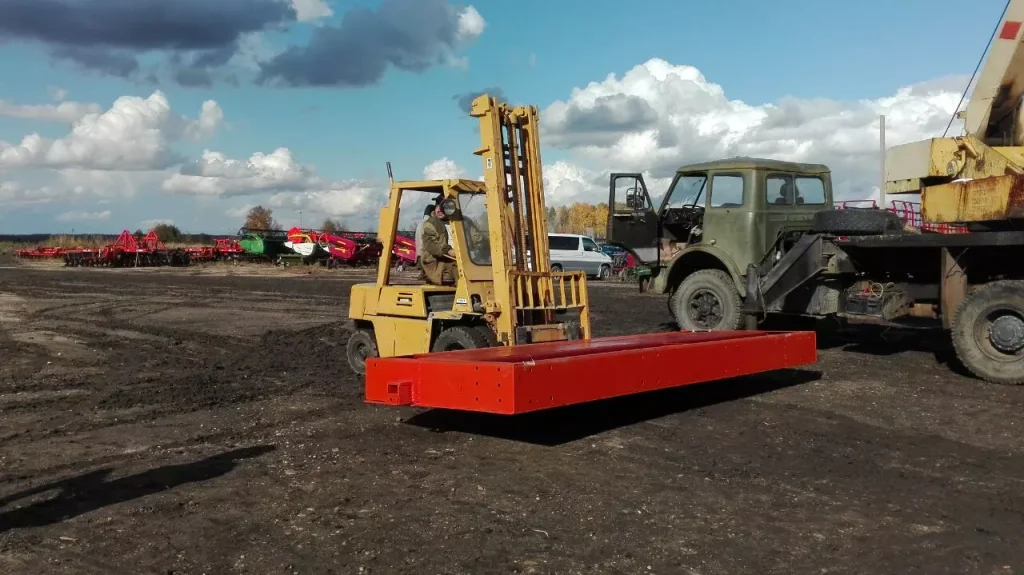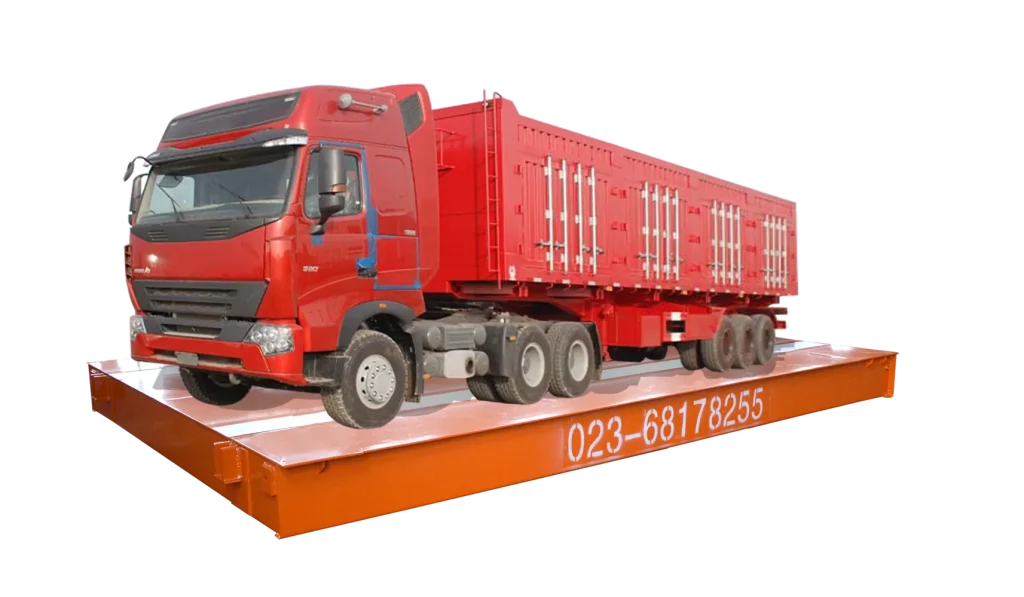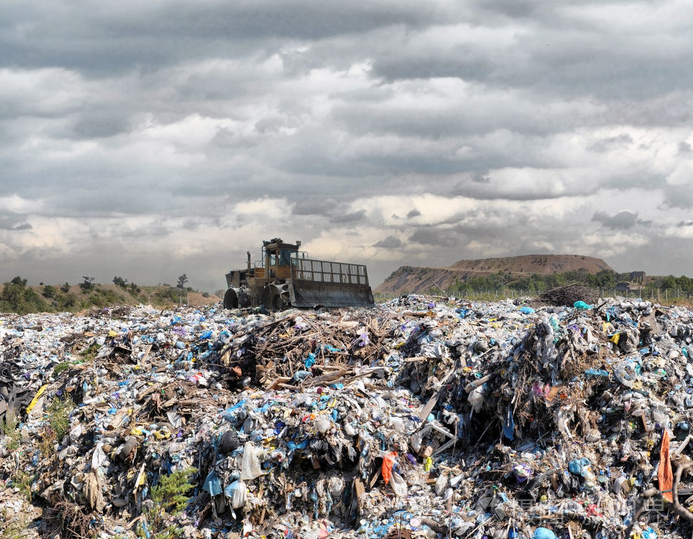Belt Scales in Waste Management: Applications and Data Analysis
Waste management is a critical issue that demands immediate and effective solutions. As global populations continue to grow and urbanization accelerates, the amount of waste generated each year is also increasing at an alarming rate. Improper waste disposal can devastate the environment, human health, and economies. To address these challenges, innovative and efficient waste management systems are essential.
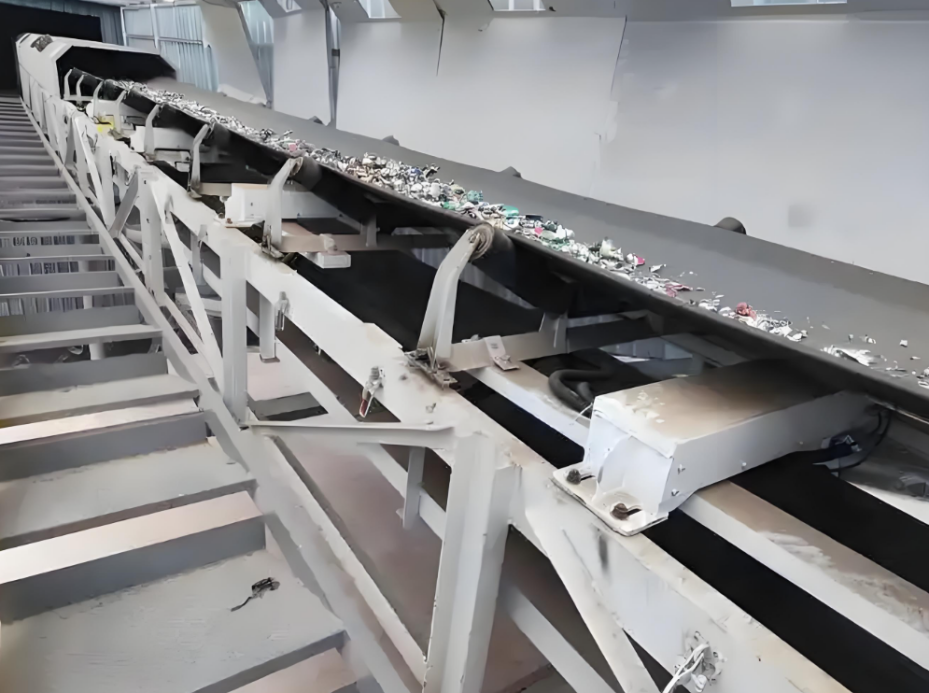
Applications of Belt Scales in Waste Management
(a) Weight Measurement
Precise Waste Quantification: Belt scales provide highly accurate weight measurements for a wide range of waste types, including municipal solid waste, industrial waste, construction and demolition waste, and various types of liquid waste. This precise data is crucial for effective waste management planning and operations.
Inventory Control: Accurate weight measurements enable precise inventory tracking of incoming and outgoing waste streams. This information is vital for optimizing storage space, managing disposal costs, and ensuring compliance with environmental regulations.
Transportation Optimization: During waste transportation, belt scales provide real-time weight data, allowing for efficient load planning and optimization of transportation routes. This minimizes empty vehicle movements, reduces fuel consumption, and lowers overall transportation costs.
Fraud Prevention: In certain applications, such as tipping fees at landfills, belt scales accurately measure the weight of incoming waste and ensure that the correct fees are applied.
(b) Resource Recovery
This data aids in optimizing recycling workflows and resource allocation. Within waste sorting and recycling facilities, accurate weight measurements for different waste categories enable the fine-tuning of recycling strategies.
Streamlining Recycling Operations: In recycling facilities, belt scales provide essential data for optimizing the separation and processing of different recyclable materials. By accurately measuring the weight of each material stream, operators can adjust sorting procedures, optimize equipment utilization, and maximize the recovery of valuable resources.
Material Value Assessment: Accurate weight data is crucial for determining the market value of recovered materials, such as metals, plastics, and paper. This information helps recycling facilities maximize revenue and improve their overall profitability.
Performance Monitoring: Belt scales enable the continuous monitoring of recycling performance, such as recovery rates and the purity of recovered materials. This data can be used to identify areas for improvement and optimize recycling processes.
(c) Process Optimization
Based on the weight data provided by belt scales, the feed rates of waste processing equipment, such as incinerators and composting facilities, can be adjusted to enhance operational efficiency. By monitoring material flow weights between different stages of the waste processing plant, belt scales facilitate the coordinated operation of various processes.
Feed Rate Control: In waste-to-energy facilities, belt scales provide real-time data on the mass flow of incoming waste, allowing for the precise adjustment of feed rates to optimize combustion efficiency and minimize emissions.
Equipment Performance Monitoring: By monitoring material flow rates, belt scales can help identify potential equipment malfunctions or blockages in waste processing systems. This enables timely maintenance and prevents costly downtime.
Energy Efficiency: In composting facilities, belt scales can be used to monitor the input of organic materials and ensure the optimal mix of materials for efficient composting. This can lead to improved compost quality and reduced energy consumption.
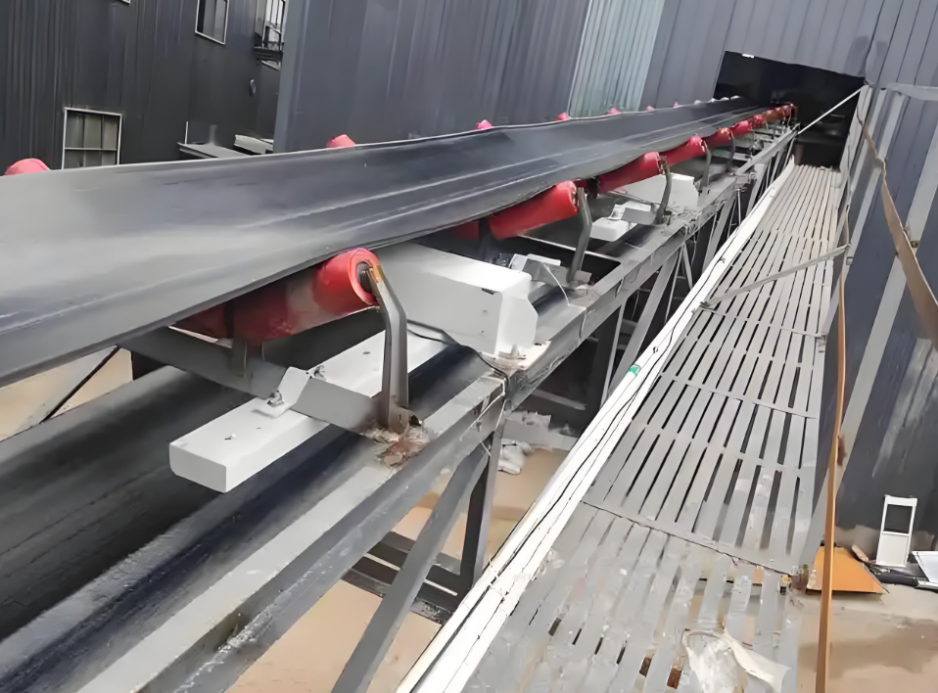
Management and Analysis of Belt Scale Data
(a) Data Acquisition and Storage
Sensor Technology: Belt scale data is typically collected using a variety of sensors, including load cells, strain gauges, and vibrating wire sensors. These sensors continuously measure the weight of material passing over the conveyor belt and transmit the data to a data acquisition system.
Data Acquisition Systems: Data acquisition systems can range from simple on-site data loggers to sophisticated industrial control systems. These systems collect data at pre-defined intervals, ensuring accurate and reliable measurements.
Data Storage: Collected data is typically stored in a database, which can be a relational database, a time-series database, or a data lake. This ensures secure and organized storage of large volumes of data over time.
(b) Data Analysis Methods
Descriptive Statistics: Basic statistical analyses, such as calculating mean, median, standard deviation, and variance, provide valuable insights into the characteristics of the waste stream. These analyses help to identify typical weight ranges, variability in material flow, and potential outliers.
Trend Analysis: Trend analysis techniques, such as linear regression and moving averages, are used to identify long-term trends in waste generation and processing. This information is crucial for forecasting future waste volumes and planning for future infrastructure needs.
Time Series Analysis: Time series analysis methods, such as autoregressive integrated moving average (ARIMA) models, can be used to identify seasonal patterns and predict future waste flows with greater accuracy.
Machine Learning: Machine learning algorithms, such as support vector machines and neural networks, can be applied to identify complex patterns and relationships within the data. These algorithms can be used to predict equipment failures, optimize maintenance schedules, and improve the overall efficiency of waste management operations.
(c) Optimizing Waste Management Processes Based on Data
Waste Collection Optimization: By analyzing trends in waste generation, data can be used to optimize waste collection routes and schedules. This can reduce travel distances, minimize fuel consumption, and improve the efficiency of waste collection operations.
Processing Facility Optimization: Belt-scale data can be used to optimize the operation of waste processing facilities in several ways. For example, data can be used to adjust feed rates to incinerators, optimize the operation of composting facilities, and improve the efficiency of material recovery facilities.
Equipment Maintenance and Troubleshooting: By analyzing data for signs of equipment wear and tear, potential failures can be identified proactively. This enables timely maintenance and prevents costly equipment downtime.
Resource Allocation: Data analysis can help to identify areas where resources can be most effectively allocated. For example, data can be used to identify areas with high waste generation rates, allowing for targeted interventions to improve waste reduction and recycling rates.
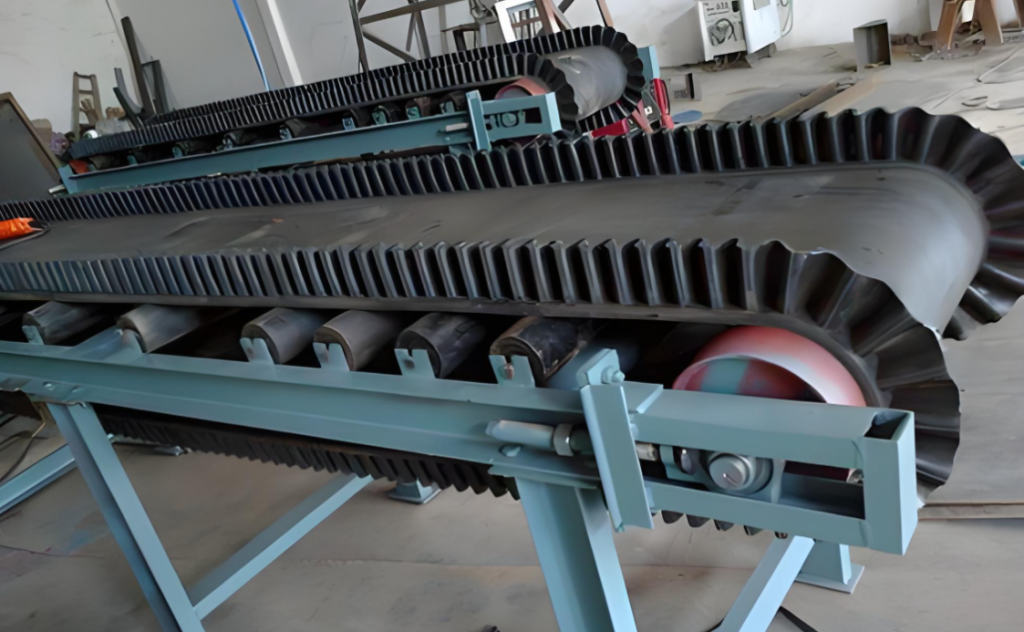
Key Takeaways
Belt scales have proven to be invaluable tools in the realm of waste management. By providing accurate, real-time data on the mass of materials being processed, belt scales facilitate a range of operational improvements, including:
- Enhanced Efficiency: Optimized routing, scheduling, and resource allocation based on precise weight measurements contribute to significant cost savings and reduced downtime.
- Improved Accuracy: Belt scales ensure the accurate tracking of waste quantities, aiding in compliance with environmental regulations and preventing overfilling of disposal facilities.
- Process Optimization: By monitoring material flow rates, belt scales enable the fine-tuning of processing equipment and the identification of bottlenecks in the waste management process.
- Data-Driven Decision Making: The data generated by belt scales can be used to develop predictive models and inform strategic decision-making, such as forecasting future waste generation and identifying opportunities for recycling and recovery.
In conclusion, belt scales are essential tools for modern waste management. By providing accurate and timely data, belt scales enable organizations to optimize their operations, reduce costs, and minimize their environmental impact. As technology continues to advance, the role of belt scales in waste management is expected to grow even more significant. So if you need belt scales used in your waste management application please contact scale supplier Bincen in time.

